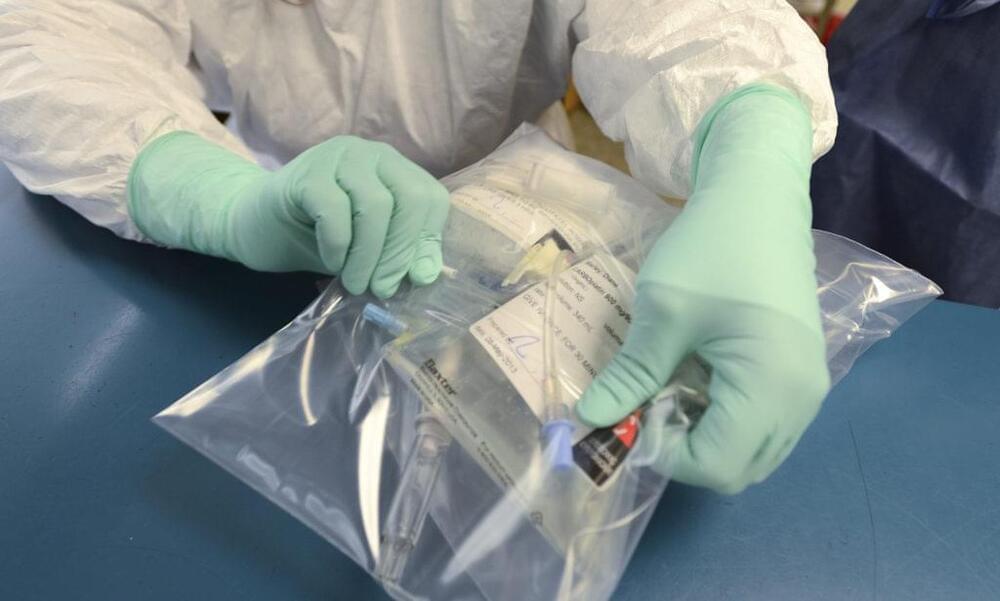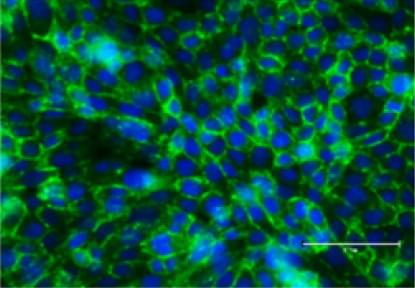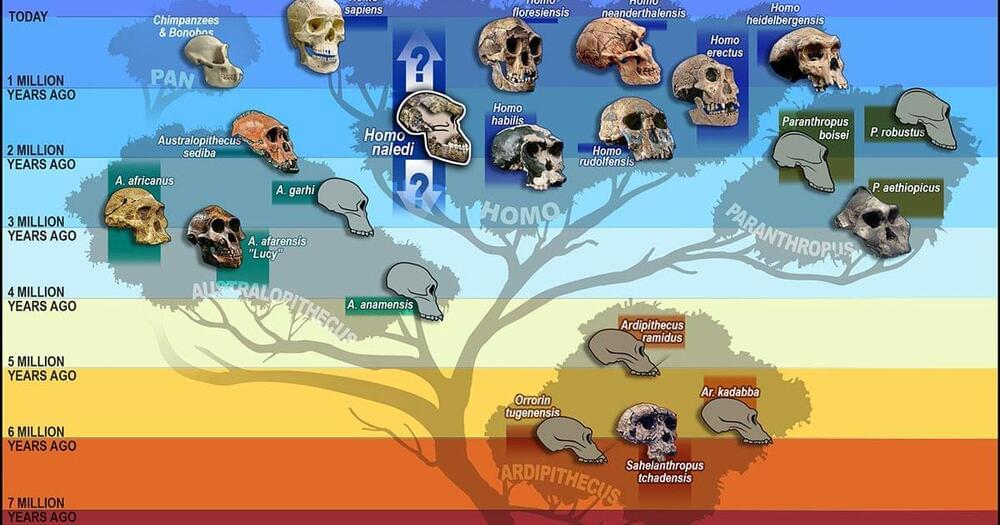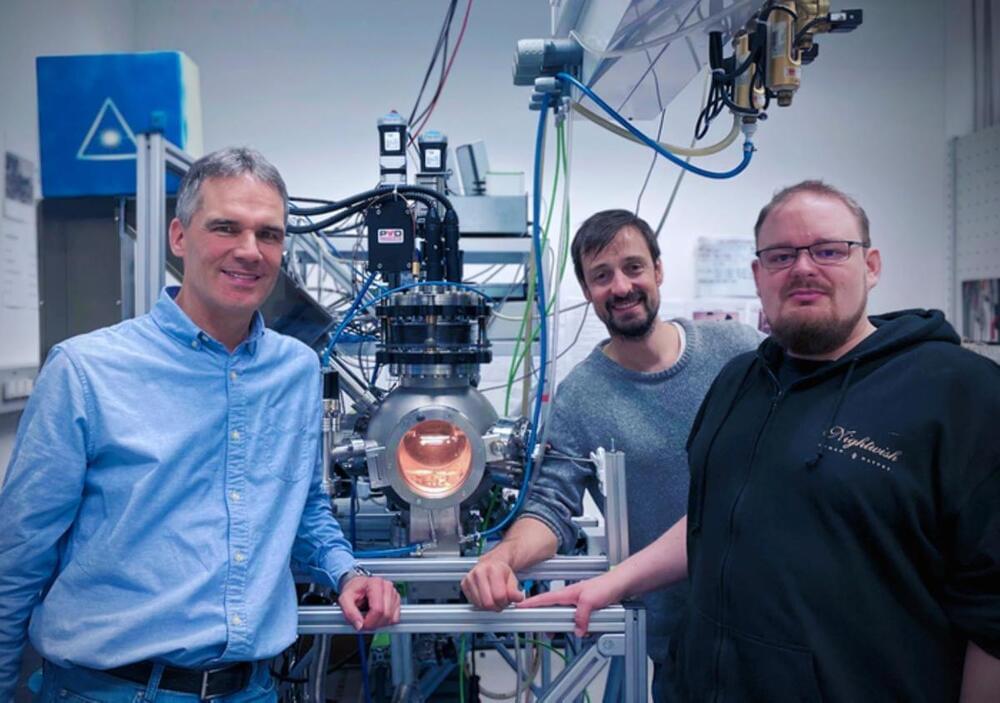“I’d like to emphasize that these are neither embryos, nor are we trying to make embryos actually,” Dr. Jitesh Neupane, of the University of Cambridge’s Gurdon Institute, said.




Hospitals and cancer centers are running out of two major injectable cancer drugs: carboplatin and cisplatin. Dr. Eleonora Teplinsky, head of breast medical oncology for the Valley Health System in New Jersey, joins Ali Rogin to discuss the causes and effects of the shortages, and the dilemmas that providers and their patients now face.

SpaceX’s Falcon 9 carrying the PSN Satria satellite successfully launched and deployed at 6:21 PM ET (22:21 UTC).
The launch had a 178-minute window, and upper-level winds delayed the first launch attempt at the opening of the window, but SpaceX had plenty of time to work with and launched just a bit later into the launch window.
The PSN Satria Indonesian Telecommunications was first contracted to be built in 2020 by Thales Alenia Spaceby the Indonesian government and delivered to the launch site in Cape Canaveral, Florida, in May 2023.

Scientists from the HIV Cure Center at the UNC School of Medicine, University of California San Diego, Emory University, and University of Pennsylvania have been searching for where exactly these latent cells are hiding in the body. New research published in the Journal of Clinical Investigations confirms that microglial cells – which are specialized immune cells with a decade-long lifespan in the brain – can serve as a stable viral reservoir for latent HIV.
Yuyang Tang, PhD, and Guochun Jiang, PhD, in the UNC School of Medicine extracted living brain tissue to conclude that specialized immune cells in the brain can harbor latent but replication-competent HIV.
As a part of its life cycle, the human immunodeficiency virus-1 (HIV) inserts a copy of its DNA into human immune cells. Some of these newly infected immune cells can then transition into a dormant, latent state for a long period of time, which is referred to as HIV latency.
Although current therapies, such current antiretroviral therapy (ART), can successfully block the virus from replicating further, it cannot eradicate latent HIV. If treatment is ever discontinued, the virus can rebound from latency and reignite the progression of HIV infection to AIDS.


A new high-performance metal alloy, called a superalloy, could help boost the efficiency of the turbines used in power plants and the aerospace and automotive industries.
Created using a 3D printer, the superalloy is composed of a blend of six elements that altogether form a material that’s both lighter and stronger than the standard materials used in conventional turbine machinery. The strong superalloy could help industries cut both costs and carbon emissions — if the approach can be successfully scaled up.
The challenge: In the world of materials science, the search for new metal alloys has been heating up in recent years. For over a century, we’ve depended on relatively simple alloys like steel, composed of 98% iron, to form the backbone of our manufacturing and construction industries. But today’s challenges demand more: alloys that can withstand higher temperatures and remain strong under stress, yet still be lightweight.

An international research group has engineered a new energy-generating device by combining piezoelectric composites with carbon fiber-reinforced polymer (CFRP), a commonly used material that is both light and strong. The new device transforms vibrations from the surrounding environment into electricity, providing an efficient and reliable means for self-powered sensors.
Details of the group’s research were published in the journal Nano Energy on June 13, 2023.
Energy harvesting involves converting energy from the environment into usable electrical energy and is something crucial for ensuring a sustainable future.

A collaborative team led by researchers from City University of Hong Kong (CityU) recently invented an innovative method for synthesizing high-quality, semiconducting nanomesh at a lower temperature and production cost than conventional methods. The findings will help enable the large-scale production of nanomesh for next-generation electronics.
Nanomesh is a nano-scale material formed from a network of nanowires. For several decades, one-dimensional materials like nanowires made of crystalline inorganic materials have been widely explored as the main driver for emerging electronics, as they have features like mechanical flexibility, energy efficiency and optical transparency. However, the scalability, integrability and cost-effectiveness of nanowire semiconductors are insufficient, limiting their potential for large-area electronic and optoelectronic applications.
To overcome these shortcomings, a research team led by CityU scientists made a breakthrough, inventing a low-temperature vapor-phase growth method, which can achieve large-scale synthesis of semiconducting tellurium (Te) nanomesh for use in devices.

According to a news release from the Vienna University of Technology (TU Wien), oxygen-ion batteries don’t have the same aging issue that lithium batteries face, which means they can maintain effectiveness for an incredibly long period.
They can also be manufactured using incombustible materials and don’t require the same rare elements as lithium batteries, which means they won’t have nearly as substantial of an environmental footprint and won’t spontaneously explode if mishandled.
“In many batteries, you have the problem that at some point the charge carriers can no longer move,” said Alexander Schmid of TU Wien’s Institute for Chemical Technologies. “Then they can no longer be used to generate electricity, the capacity of the battery decreases. After many charging cycles, that can become a serious problem.”